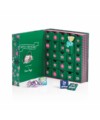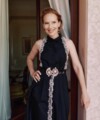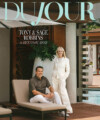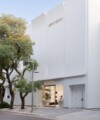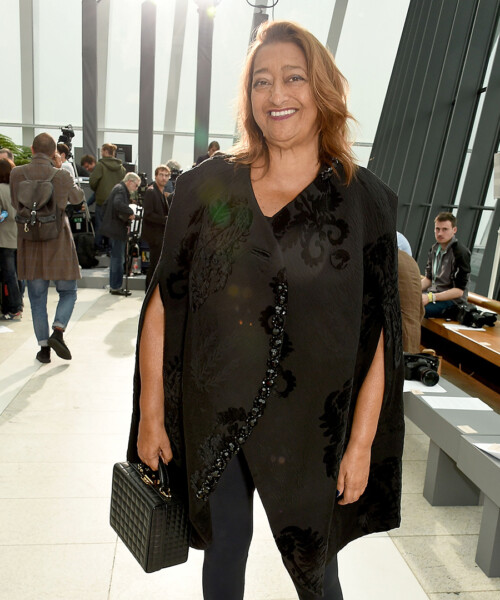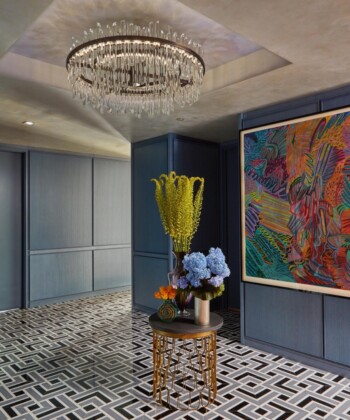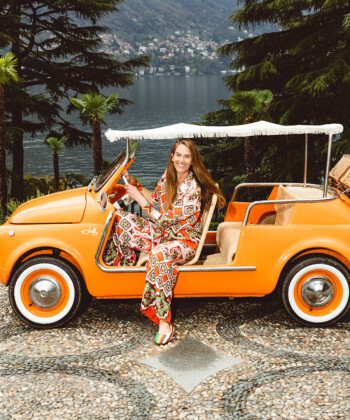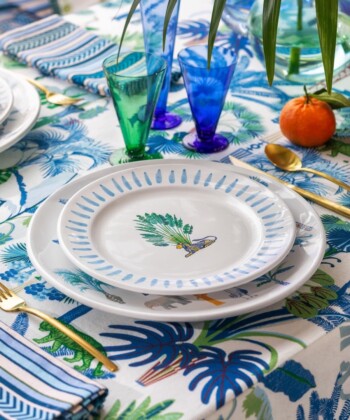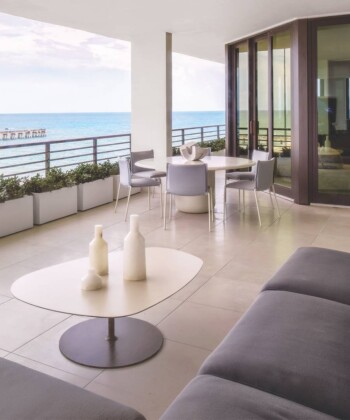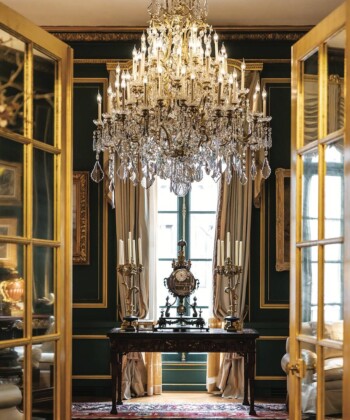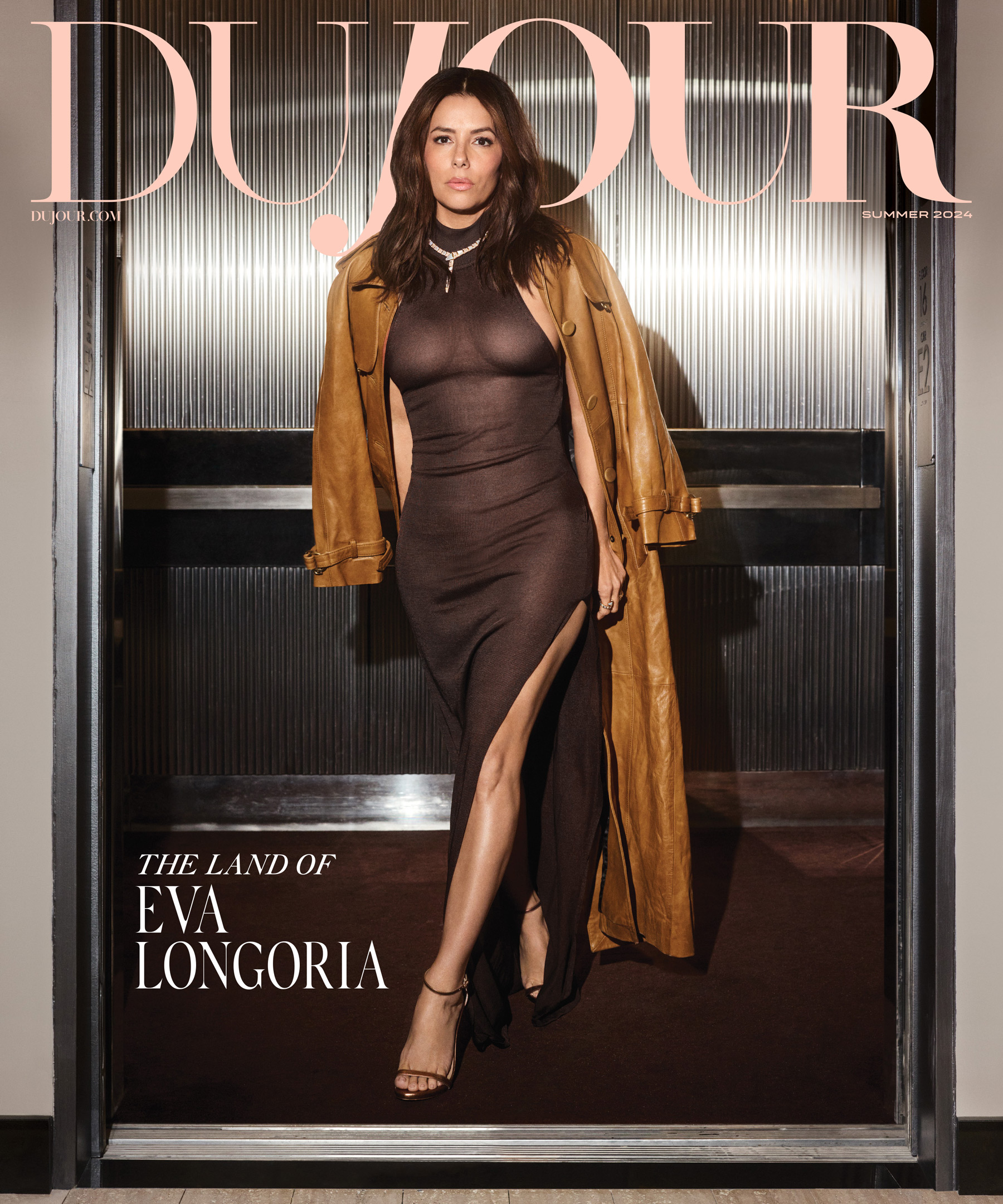Zaha Hadid didn’t break architecture’s glass ceiling until she had built some of the world’s most impressive ceilings—and the jaw-dropping buildings beneath them. Hadid was the first woman to win the Pritzker Architecture Prize and the first to receive the Royal Institute of British Architects’ Gold Medal award, and recently she’s been honored for her achievements by De Beers’ Moments in Light campaign, which highlights the successes of powerful professional women. The Iraqi-born architect is inarguably in a class of her own, and she seems to be well aware of the fact. Asked whether there are any other women whom she considers influential in her own profession, she replies, “Not really.”
Hadid has been hailed as a visionary of neo-futuristic architecture, and her works—including museums, bridges and sports stadiums featuring swooping, space-age facades of glass and steel—dot the globe. One might assume the brevity of the above handwriting sample is merely evidence of the “continuous creation” her hectic schedule mandates, but graphologist Annette Poizner says there’s more to it than that.
“Her personality is not particularly balanced.… Don’t expect her to be chatty,” Poizner says. “She prefers limited verbal expression so as to give all the time and space for visual expression. As a result, more is said by the spacing than by the words. She has turned this handwriting sample into a statement. The words form the shape of an arrow pointing right, which says, ‘I am forward-moving, in the direction of progress.’ ”
While Hadid may be making great strides, she’s also faced criticism for the exorbitant costs and resources her projects demand. Still, she hasn’t made it this far by backing down.
“It’s very difficult to do architecture, so you have to push your way through,” Hadid says. “People would never criticize a writer or a musician for refusing to compromise. With architecture…by protecting your idea you are also protecting the client’s interest. You don’t want to give them something watered-down.”

1. Circles carry and express emotional energy. But there’s a tightness when it comes to the circles here. There’s no expansiveness to them. She is all intellect.
2. Look at the angles in the letter n of creation. Angles represent the productive energy of anger. We use that energy to motor accomplishment.
3. On an ongoing basis she favors that right margin; it’s the forward place to be, and she’s always going to be an early adopter of, say, new technology.
4. Angles are very planted formations. Look at how she makes the t in creation. It’s grounded. She is set. She knows who she wants to be, and that’s how it goes.
5. She has so much paper—why does she have to render her name so tight, with such muscular tension? Why can’t she take up more space and be more comfortable? In the end, she lives on that continuum of freedom and constriction.




